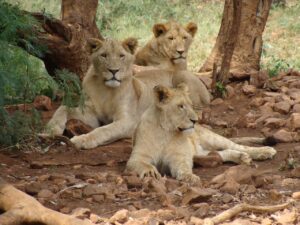These are the 10 most dangerously endangered species of animals in the world
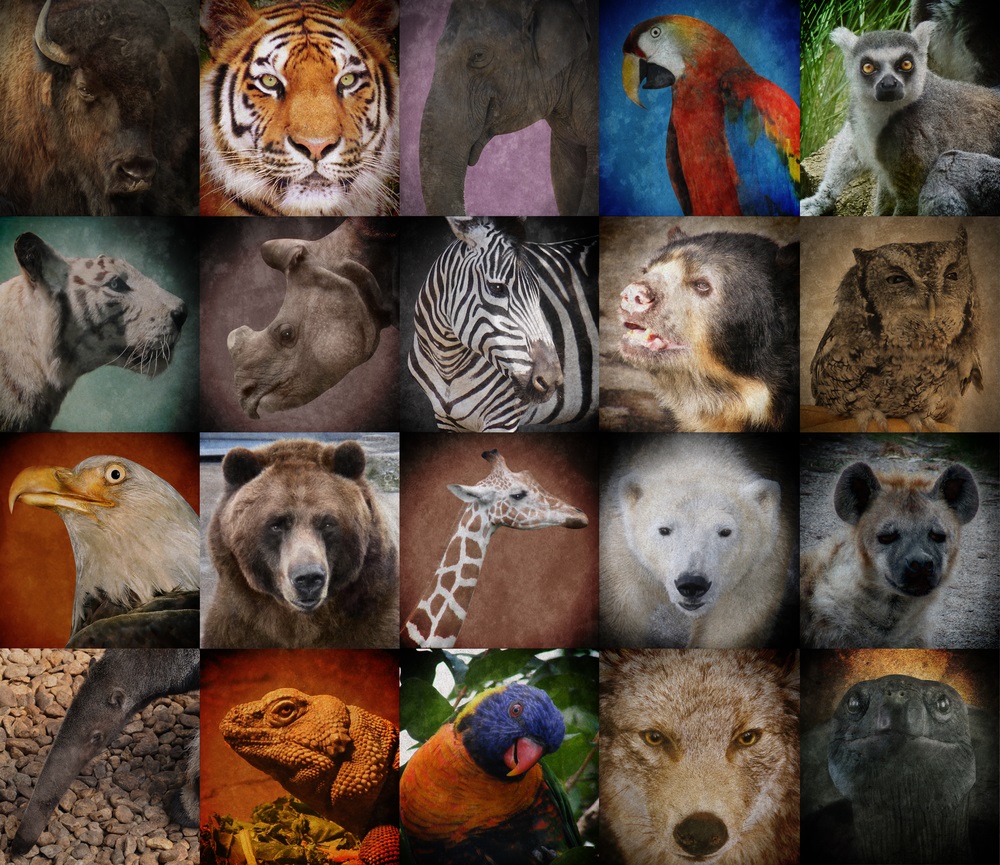
10-endangered-species-around-the-world
Contents
These are the 10 most dangerously endangered species of animals in the world
When it comes to endangered species of animals, the list made was quite shocking. All animals live by the code of Survival of the fittest. They prey, hunt and often feed on other animals. Humans, on the other hand, are civilised. If animals become extinct then so will humans. People are far more likely to spend money to save an animal. Here are the lists of some endangered species of animals you must know.
Tiger:

Tiger is placed at the top of the most endangered species of animals list. Of the nine subspecies of tigers, three of them have become completely extinct in the last 80 years.
It has been predicted that all tiger species may become extinct within the next decade. Today, four of the remaining species of tigers are categorised endangered species by IUCN. On the other hand, two of the species are categorised as critically endangered. The estimated population of all the remaining subspecies of tigers is calculated to be around 3000 to 3600.
The Bengal tiger population is the most in comparison to any other subspecies. There are about 2500 Bengal tigers roaming around the wide range of habitats.
The Indochinese tigers are estimated to be numbered only 300 individuals. The population of this species has fallen by more than 70 percent in the last decade.
Malayan tigers are estimated to have a total population of 500 individuals.
Siberian tigers are estimated to have a total population of 300 individuals.
Giant Panda:
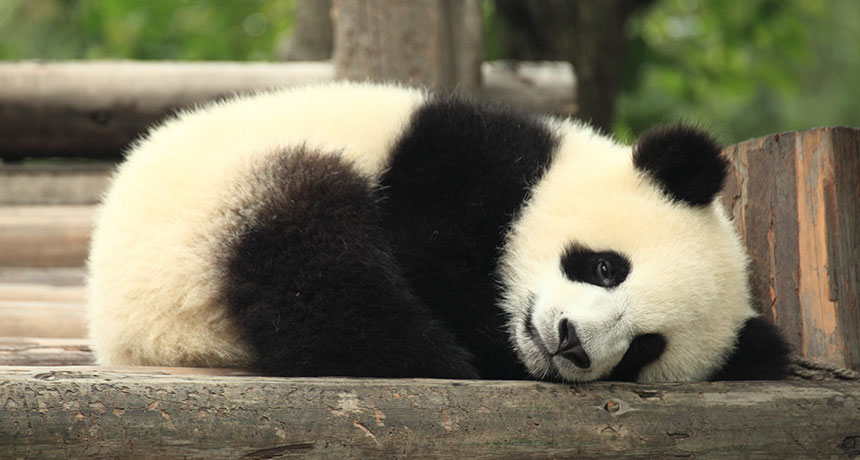
Giant Pandas are native to the mountain forests of south-west China. It is one of the most beloved animals in the world. The Giant Pandas are identified by their offbeat black and white colour. There are about 2060 pandas living in the wild and is considered on the verge of extinction by the IUCN. The pandas’ habitats have been taken over by growing human population resulting in the destruction of their habitats for development.
Blue Whale:

The blue whale is known to be the largest known species on the planet Earth. Growing to the lengths of over 100ft and weighing more than 150 tons, these are the largest known whales in existence. Due to their large size and supply oil and various body parts, they were extremely popular species to hunt. The current population is thought to be reduced by 90 percent.
Snow Leopard:
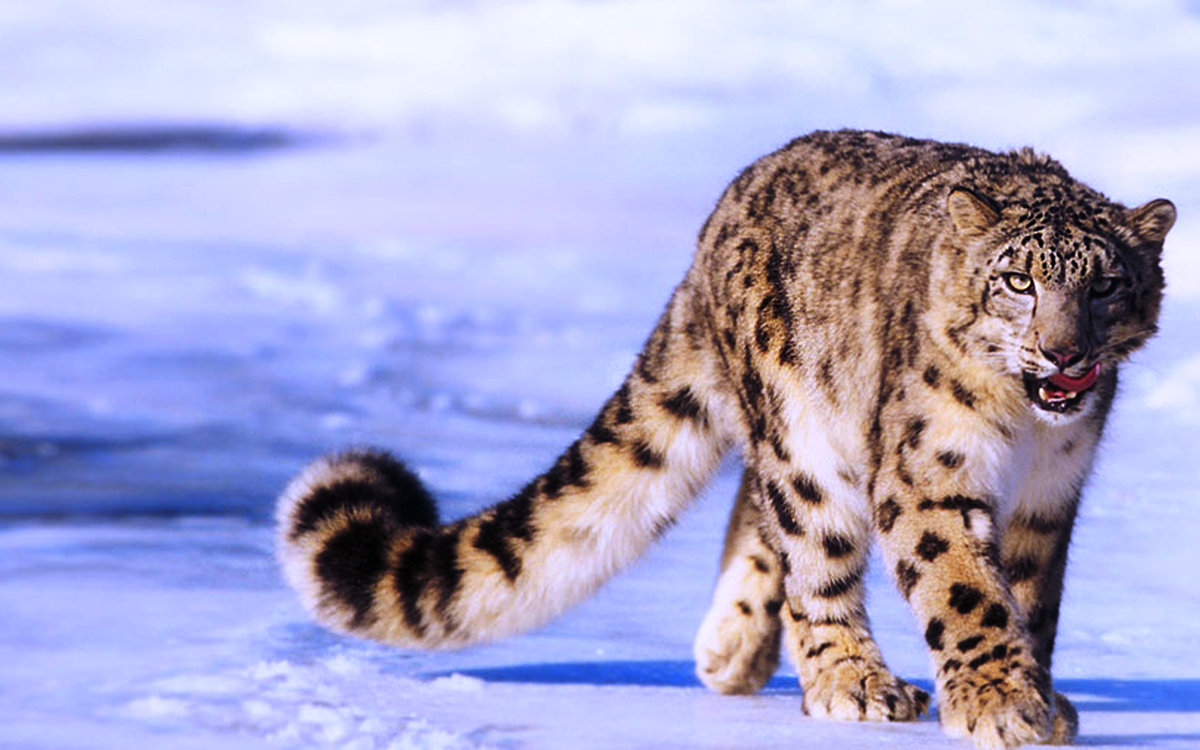
The snow leopard is closely related to tigers as per their genetic analysis. There are only 6500 snow leopards left in the wild. The largest populations are in China and Mongolia. Some of these can be found in India as well.
Gorilla:

There are probably 220,000 gorillas left in the wild. Loss of habitat, poaching for meat, bones and skins have led to substantial losses. There are three subspecies of gorillas, the eastern lowland gorillas, the western lowland gorillas and the mountain gorillas, they all are endangered.
Leatherback Turtle:
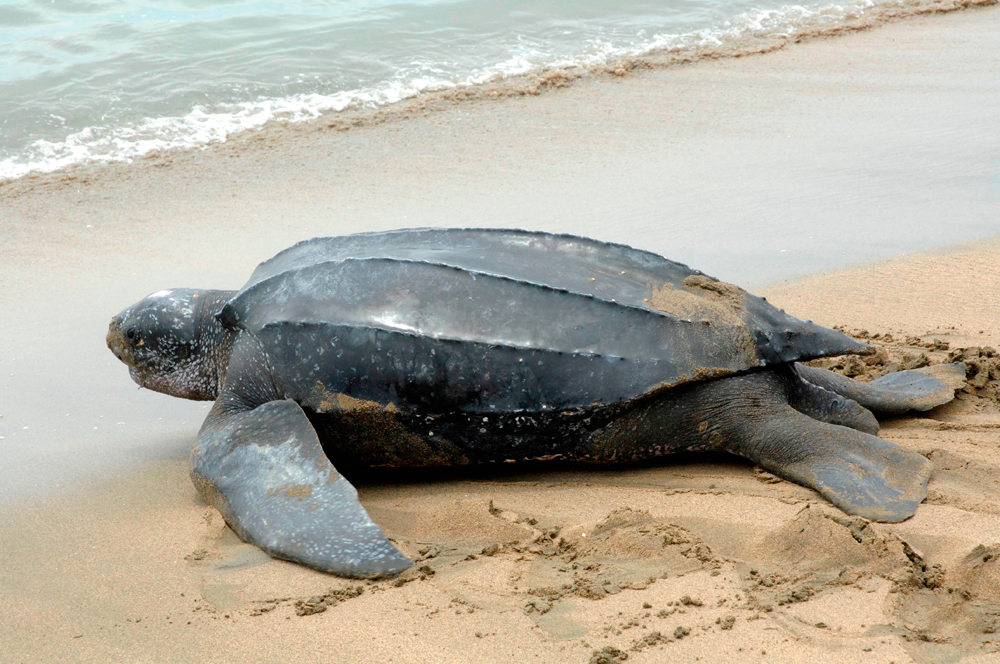
It is one of the largest living reptiles, the leatherback turtles have lived on this planet for more than a hundred million years. Recent surveys showed that there are only 2300 leatherback turtles are left. They are hunted for their shell and meat. Rising sea levels and rise in temperature are also the reason for them to be on the verge of extinction.
Javan Rhinoceros:

It is listed as critically endangered by the IUCN. It is considered to be one of the largest animal endangered species. It is estimated that only about 60 Javan rhinoceros are left in the wild. They are killed for their skin and their horns as many people believe it contains many medicinal values.
Polar Bear:

Polar bears are on the verge of extinction as they have fallen to the victim of climate changes. Polar bears hail from Arctic, and due to serious climatic changes resulting in melting of ice, polar bears are finding it difficult to live there as there is a scarcity of food also.
Tasmanian Devil:
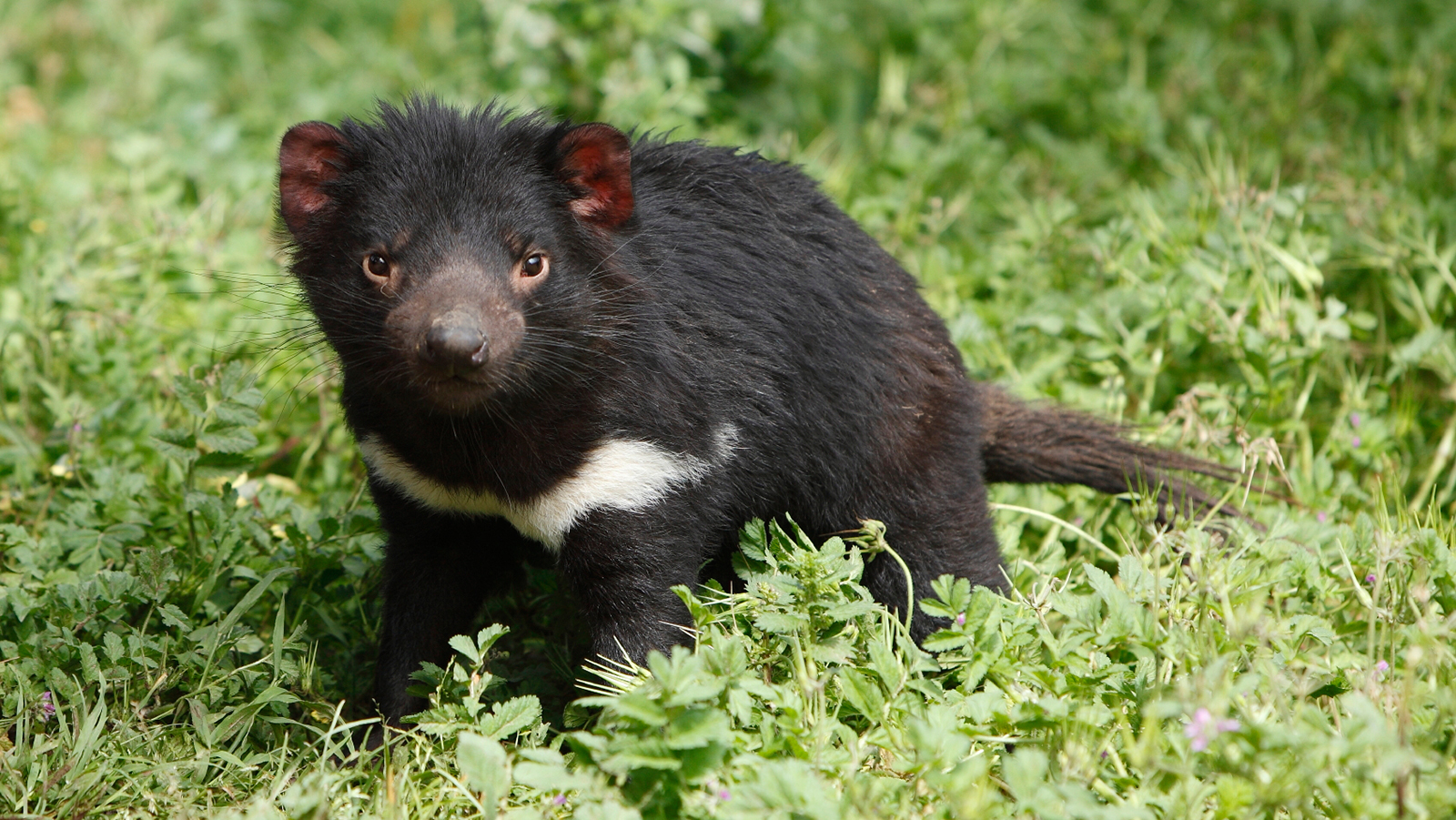
The population of Tasmanian devil has dropped at a serious rate between 1996 and 2008. Now there are only 10,000 wild individuals remaining. Their population dropped by some 60 percent due to contagious cancer is known as devil facial tumour disease.
Orangutan:

Due to a large part of logging and capturing for pet trades, orangutans are now restricted to the South-east Asian islands of Borneo and Sumatra. Orangutan in Malay means the person of the forest. There is now a total of about 60,000 orangutans left in the wild.
Recommended article: https://readesh.com/the-health-risks-and-benefits-of-feeding-your-dogo-argentino-oranges/





